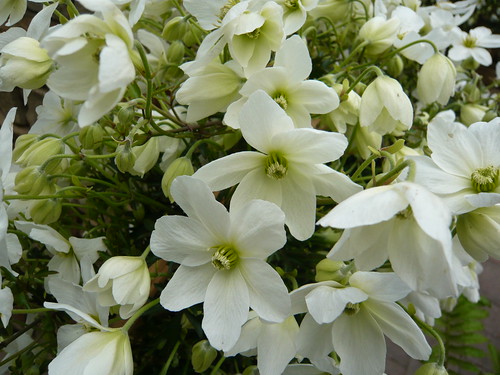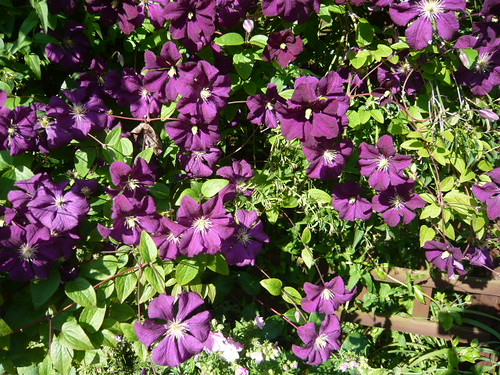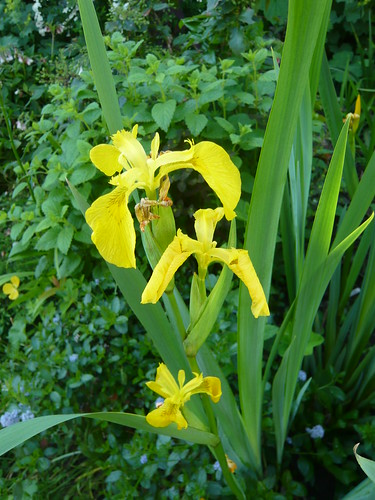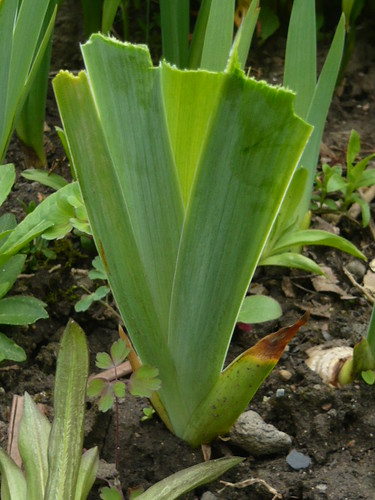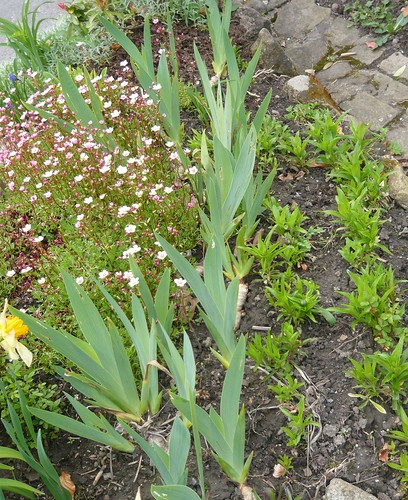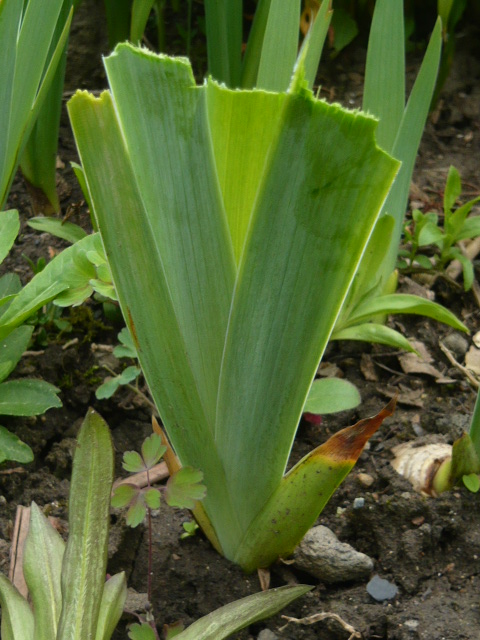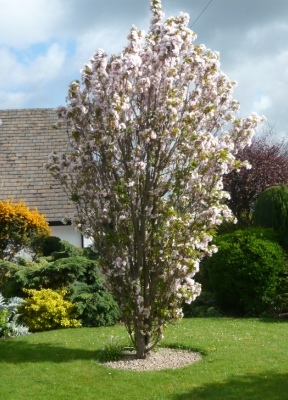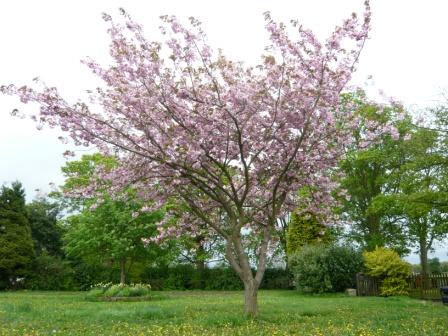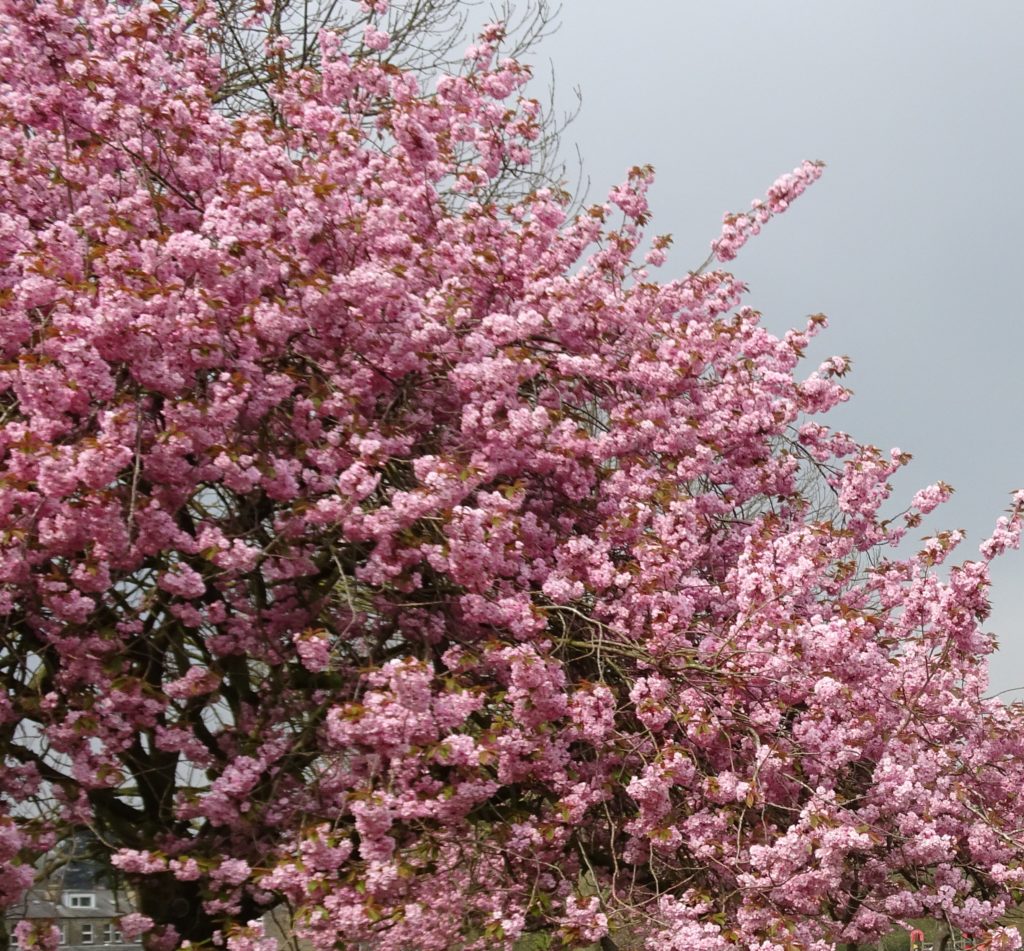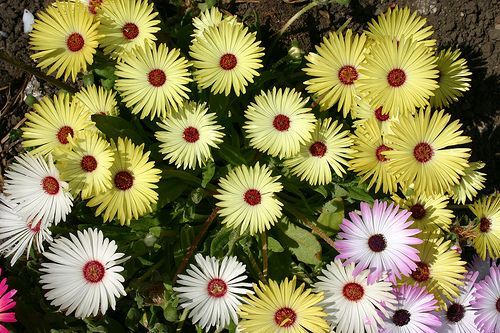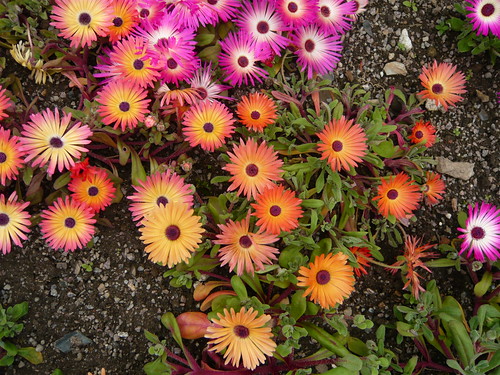Pros and Cons of Clematis
 Positives for Clematis
Positives for Clematis
- As climbers these plants occupy little space at ground level
- Clematis are available in a variety of colours from white, rose, purples and blue. Many varieties produce abundant flowers and some have a second flush.
- Clematis can flower from early spring through to autumn and some varieties are good from midsummer onward.
- Look for different varieties of Clematis such as alpina, macropetala, montana, chrysocoma or X jackmanii.
- Flowers can be as large as dinner plates or as dainty as small stars.
- Seed heads can also look nice.
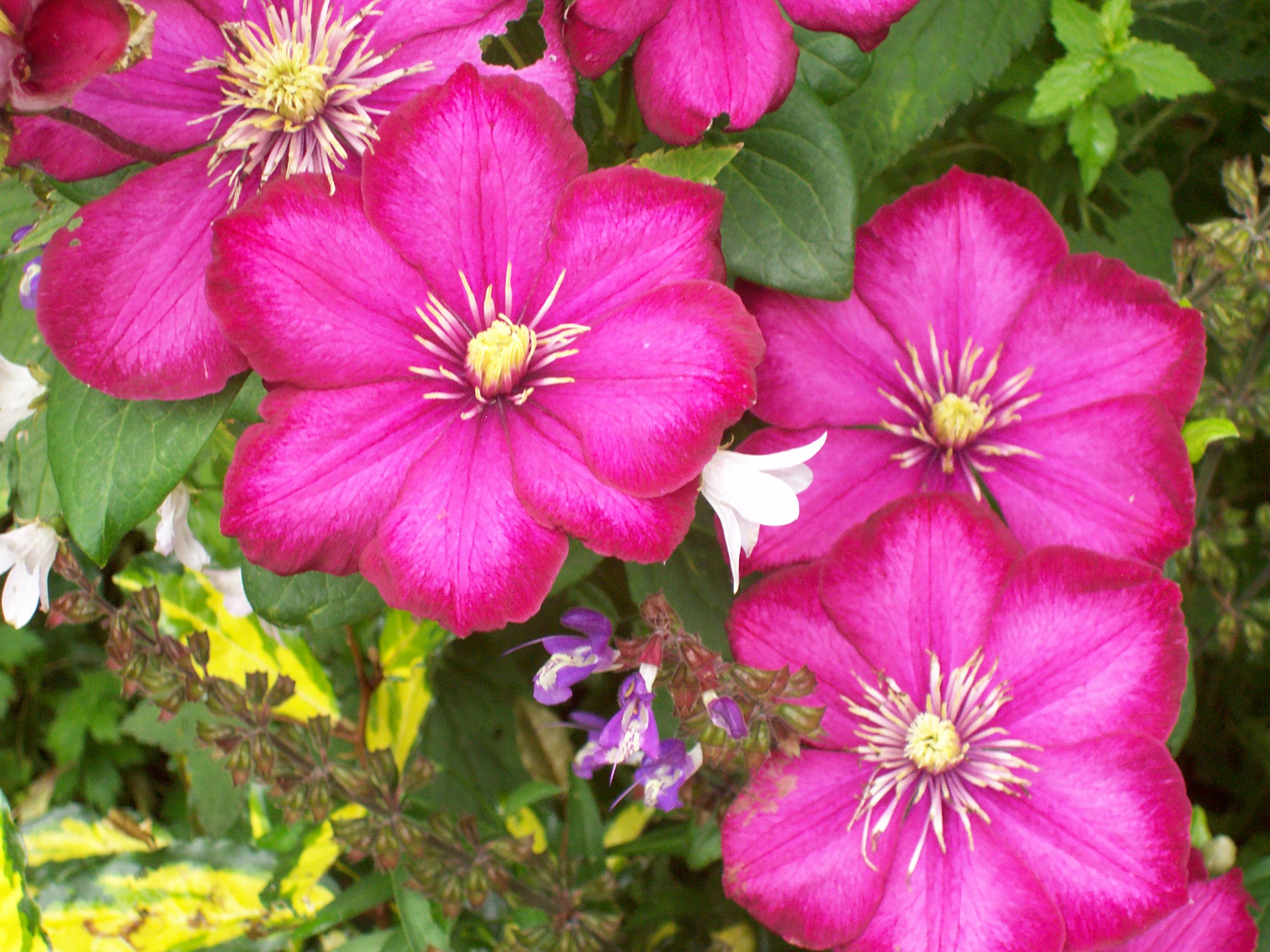
Negatives of Growing Clematis
- They can be hard to get going and roots should be planted deep and kept moist. I place a slate over the planting site as a temporary mulch until a new plant gets going.
- Some varieties including the montanas can grow rampantly and high into the branches of trees. This can leave bare stems.
- Pruning is complicated by garden advice and it is easy to prune out the next flowering season if you get t badly wrong.
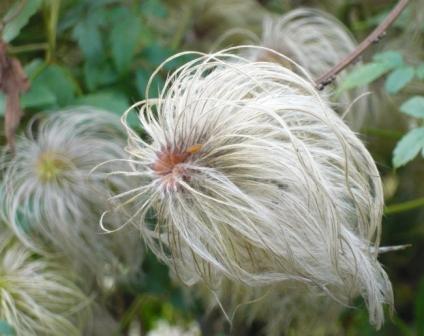
Clematis seedhead
The Shopping Experience
- I had some birthday money from a brother-in-law and opted to but a clematis. One of the few spaces in the garden to accommodate a new plant was just alongside a conical climbing frame – that spot is now taken.
- Initially I looked at a garden center chain which had a comprehensive stock but was well priced for the profit they would want. The information about each plant was quite comprehensive.
- Then I visited and supported a local family garden center come nursery. They had bought in a fair selection of clematis at about half the cost of their bigger rival and that is where I made my purchase. I also bought some other plants that they had grown themselves ( there is a lesson there somewhere).
- The label was 18″ long (or 46cm for the Dutch supplier’s benefit) but the gardening information was sparse, needed decoding and was not worth all the plastic used.
- The label did not say from what group the clematis came. Clematis jackmanii group 2 as I found out.
- There were no planting or growing aids just lame graphics with ticks and crosses, oh and a bar code but no price (I guess that changes to suit circumstances not buyers) .
- There were 5 support canes that needed 2 plastic ties and a plastic label stake.
- You could have guessed the pot was black plastic with an unusual and unreusable oval base designed to support growth and retail presentation.
The Plant Experience
- This jackmanii hybrid is a real show stopper! It can also be trained to cover walls, trellises or arches.
- The large white flowers with golden stamens are produced all summer from June to September or Vl -Vlll as the label has it.
-  Clematis ‘Madame le Coultre’ grows to Height: 3m (10′). Spread: 1m (3′) Pruning group: 2 ie. in late winter or early spring and after its first flush of flowers in summer to encourage flowers again later in summer.
- Also known as ‘Marie Boisselot’ Clematis.
- I will update progress quicker than my post from November 2011 w
